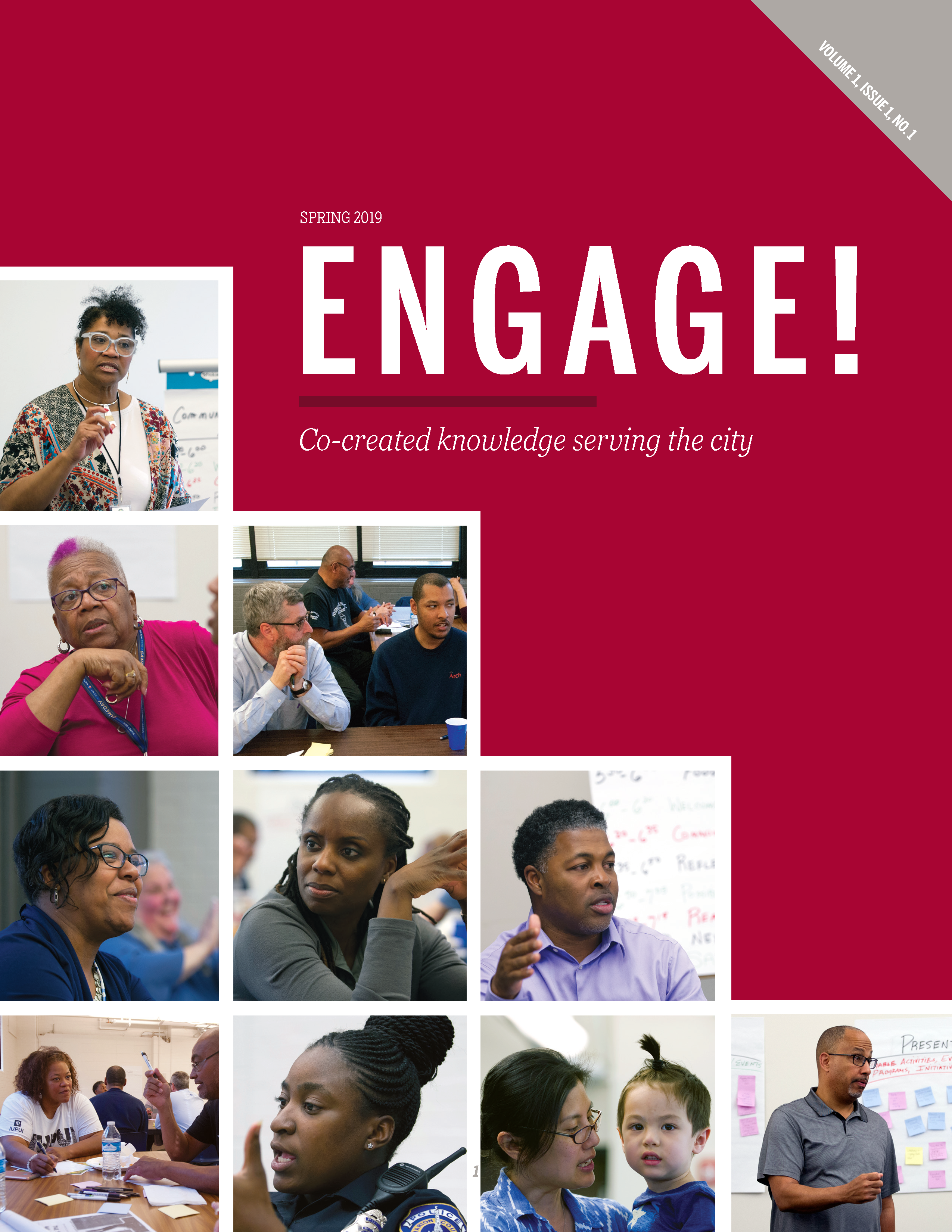Artful Spaces/Safe Places: A Gallery Provokes Voices that Interrogate Common Narratives of Latino Immigrant Children
DOI:
https://doi.org/10.18060/22818Abstract
What do Latino immigrant children’s voices say as they are provided a safe community space to be heard and soft clay through which to speak? Through art work, focus groups, gallery exhibitions, and filtering data (Author, 2018) this critical ethnographic research (Madison, 2012; Merriam & Tissdell, 2016; Wolcott, 2008; Thomas, 1993) exposes the complex political nature of linguistic, cultural, and national negotiations in which Latino children and their families in this study engage daily. This work troubles stereotypic mainstream narratives (Dillard, 2012; hooks, 1990, 1994; Janks, 2010) and points out the need for strong community/university collaborations to impact the excavation of deeper understandings of people in our neighborhoods. This ethnographic portrait of families, part of a larger study, involved the community director in an urban Spanish speaking church and faculty from literacy education and visual art at IUPUI. In this study children created clay objects called “hanging journals” during a summer program. These clay artworks acted as semiotic mediators (Kress, 2010; Pahl & Rowsell, 2012) for voices of this group—voices which routinely go unheard, or are devalued. Using theoretical frameworks from the fields of literacy and art, layered with multiplex ethnographic research tools, the volume on these important and complicated voices was turned up to hear buried stories and to interrogate commonly accepted narratives that swirl around Latino immigrants and their families.
This study provides a peek into the authentic narratives of children as they share the daily navigation of a transnational existence, and shows the power of the arts to communicate across contested spaces. This study embraces the necessity of authentic university/community collaborations as a two-way street to understand and empower Latino youth, to better prepare future teachers as agents of change, and to expose versions of immigrant ways of being and knowing that are misconstrued.

